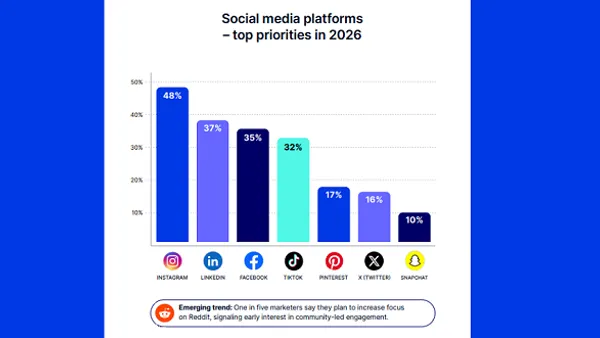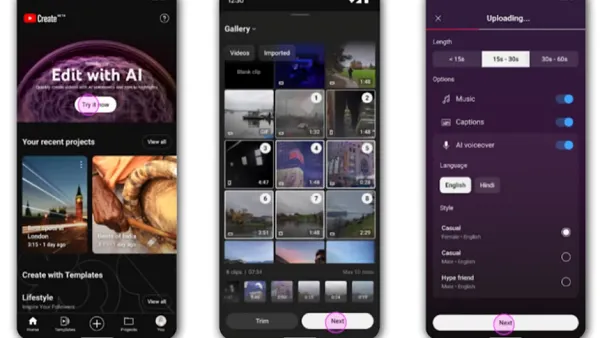Yesterday I learned, by way of Krista Neher, of a new tool called TwitterHawk, and I'm disappointed. Not with the creators of the tool, which seems rather well-done, but with the approach the tool takes and, more importantly, the position in which it leaves its users.
TwitterHawk monitors Twitter for messages that match your criteria â€" say, include the word coffee and come from someone in Minneapolis â€" and then automatically sends a message from your account to the coffee-mentioner. It's nice in that it's smart enough to monitor for more than keywords: TwitterHawk let's you focus in directing messages at Twitterers from a certain location and even set a rate of messages to send per day (to help alleviate accusations of spamming).
But here's my problem with it: Even if we grant that the basic, automated monitor-then-respond trick is OK, then what? Let's look at TwitterHawk's own example: If someone, within a few miles of your new coffee shop, tweets about coffee, TwitterHawk sees that and responds for you. Great. But in TwitterHawk's own example, the responder-bot asks a question: "@coffeementioner Have you seen our new Coffee Shop in Queens?"
What if that coffee-tweet writes back to you after seeing the TwitterHawk message? Uh oh! Now you suddenly have to be a human who uses Twitter to actually, you know, talk to people. Why not just do that in the first place, then?! Not only is this likely simply because Twitterers are chatty, but you're asking a question! That's great when people are actually communicating with each other, but that's asking for trouble if you're relying on an automated system.
Here's another thing: Unless the person TwitterHawk is talking to for you is already following your account â€" that is, unless @coffeementioner is already following @newcoffeeshop â€" it's pretty unlikely @coffeementioner is going to see the message from @newcoffeeshop. Outside of the realm of Web-minded marketers, bloggers and other digital-egomaniacs, it's pretty rare for people to be monitoring Twitter for mentions of their name.
And if @coffeementioner does see the message from @newcoffeeshop, it's likely that she's going to be curious about this new Twitterer talking to her, and she's going to go check out @newcoffeeshop's profile. When she sees the last several tweets from @coffeeshop and notices how many of them are the exact same "Have you seen our new shop?" message to other Twitterers, she's going to see little value in making a connection with @newcoffeeshop.
So here, conveniently at the bottom of this longer-than-I-intended post, is the bottom line: If the monitoring and messaging done by TwitterHawk is going to have any non-spam value, it's going to require the user to engage and make connections and be humanly present on Twitter anyway. Why not just start that way?
Link to original post









